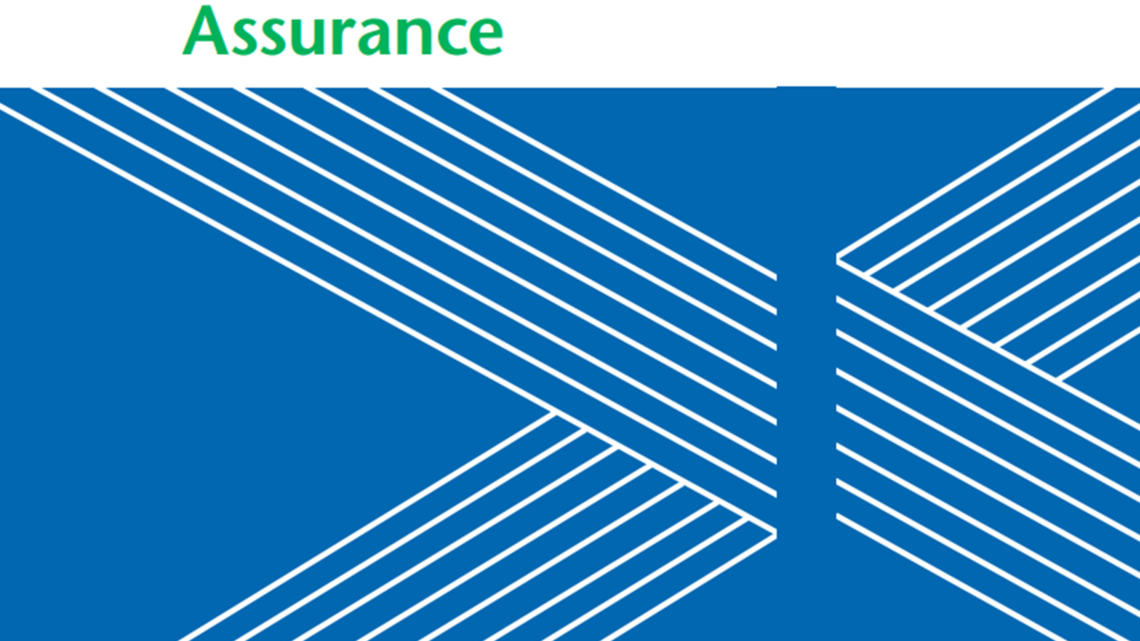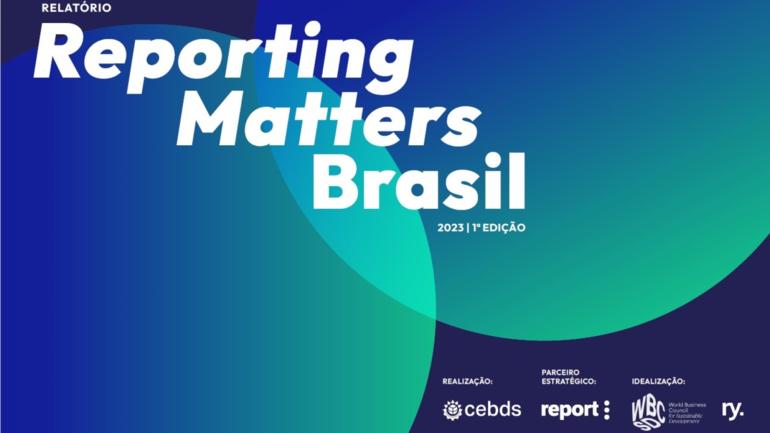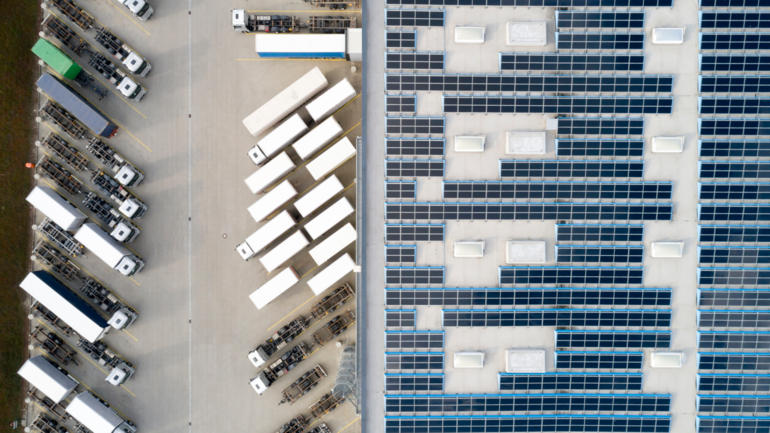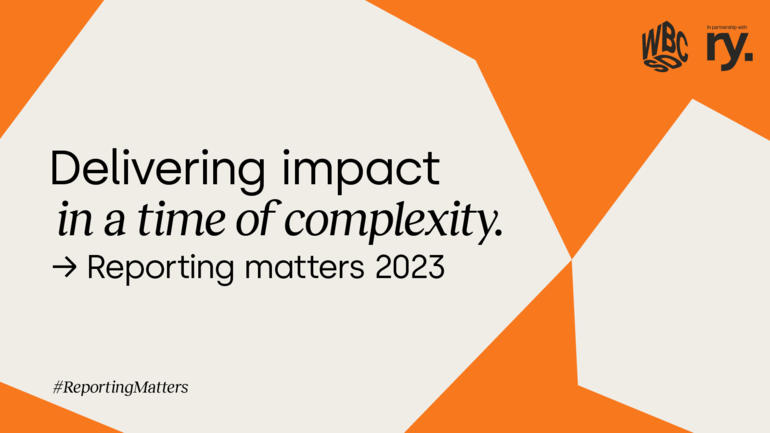Geneva, 15 February 2016: Companies who report on their sustainability performance can now turn to a new paper that explains how businesses at different stages of the assurance journey can use the Assurance Maturity Model to assure and validate the information in their reports.
Assurance is becoming an increasingly important element in sustainability reporting. It provides external validation of the financial, social and environmental disclosures made within those reports. Independent assurance statements help companies enhance their credibility and reassure readers of reports that their disclosures are reliable.
Released today, the new WBCSD report is titled “Assurance: Generating value from external assurance of sustainability reporting”. It shows that reporting effectiveness can be enhanced by obtaining an independent assurance statement. The report also provides key guidance from assurance providers and standard setters to assist reporters in navigating the assurance landscape.
WBCSD members are required to report on their sustainability performance and impacts within one year of joining. WBCSD Reporting Matters data from 2014-2015 shows that a majority of WBCSD members use external assurance to validate their disclosures.
Rodney Irwin, WBCSD Managing Director, Redefining Value said: “Whilst progress has been made by many on the journey towards the enhanced quality and completeness of their sustainability information, a number of key challenges remained. This work has allowed us to get clarity on the practices of and expectations from our members, reporters and also assurance providers. We also engaged the major “standard setters” to contribute to the assessment, CDSB, GRI, IIRC and SASB in particular”.
Of those that do obtain external assurance, companies are at different stages of maturity in their Assurance Journey. The paper describes the characteristics of these stages in the WBCSD Assurance Maturity Model, which aims to help those who seek assurance services understand where they are, where they want to go, and how they can generate value through continuous improvement. The Model outlines potential value creation at each stage of the journey and includes recommendations for improving maturity.
Eric Dugelay, Global Leader for Sustainability Services at Deloitte who assisted WBCSD in coordinating the working group that developed the paper, said: “For any company, the Assurance Journey is a path towards increased value. We are confident that WBCSD’s New Assurance Maturity Model will clarify discussions around the external assurance of sustainability reporting and allow reporters and assurance providers to collaborate effectively to maximize the benefits driven from external assurance.”
Despite recent initiatives from various assurance standards setters and the existence of a number of assurance standards that are used globally, there is still no global consensus on a set of overarching Generally Accepted Assurance Standards for Sustainability in practice. However, the recent developments amongst assurance standards setters are promising and appear to be moving assurance practice in this general direction.
This report was made possible due to the generosity of the Gordon and Betty Moore Foundation.








